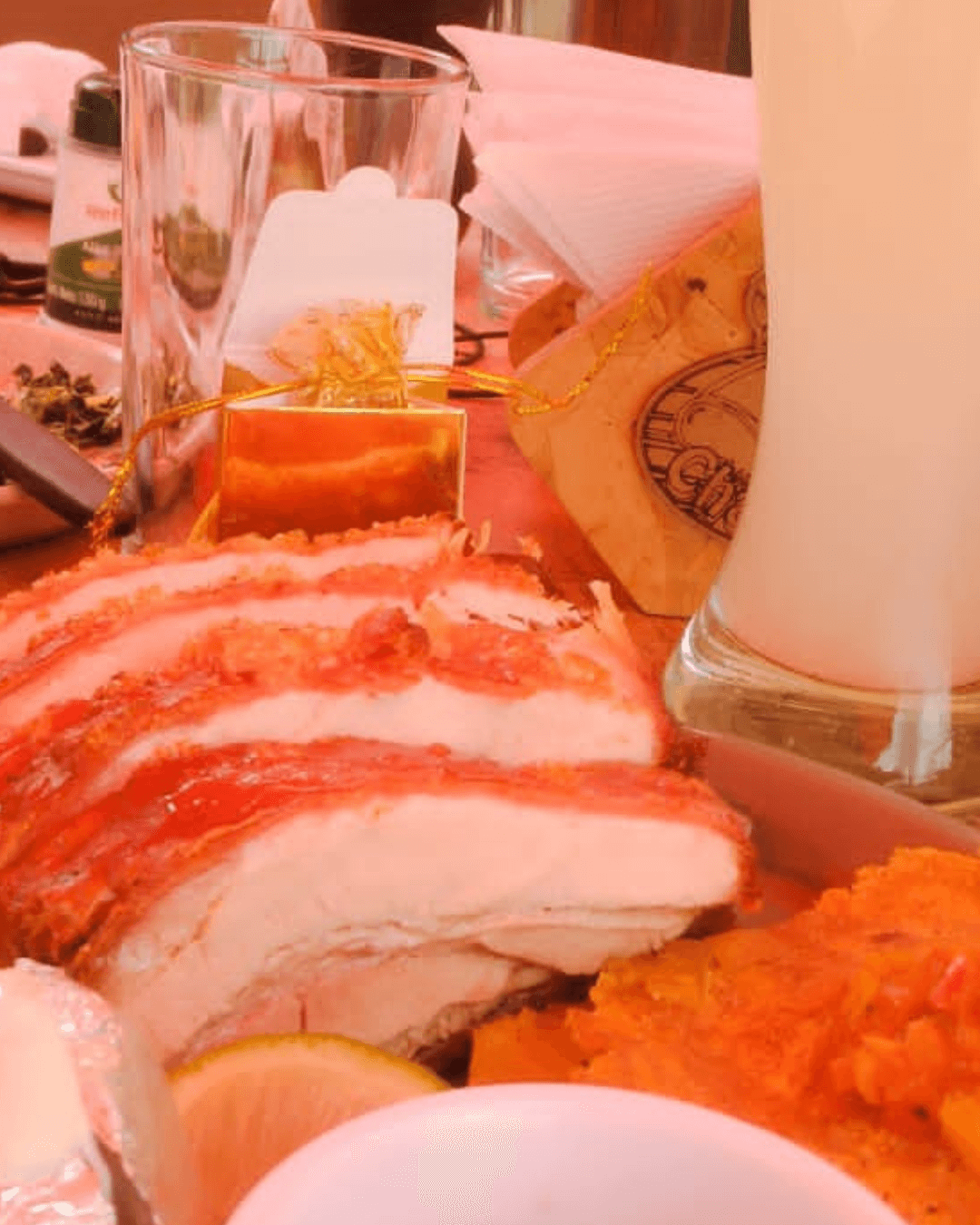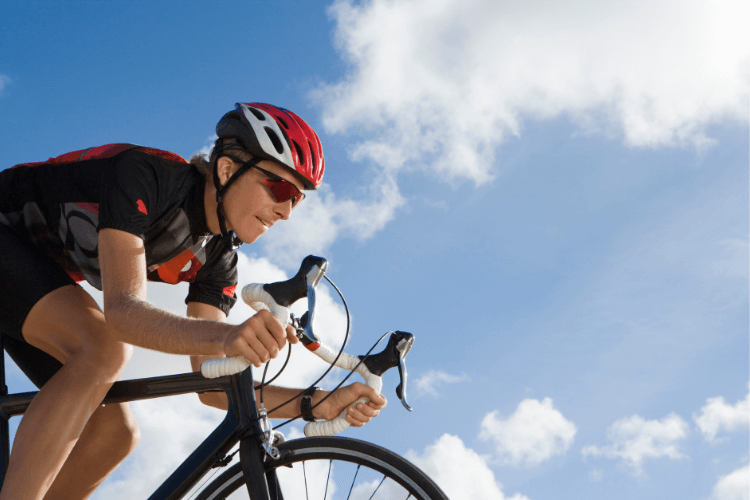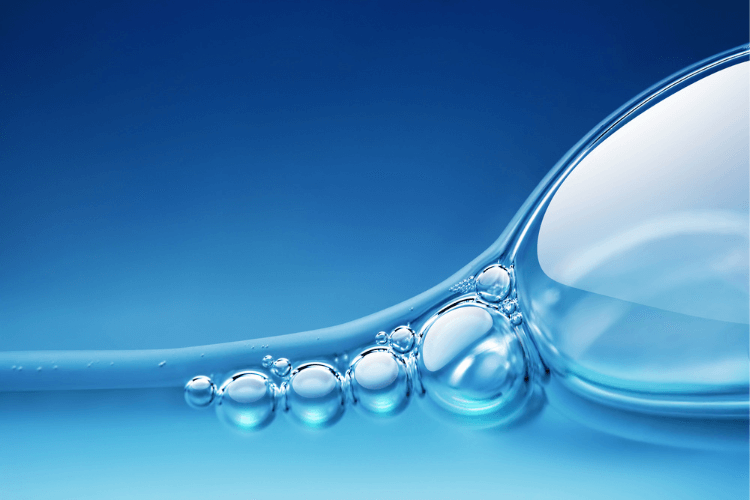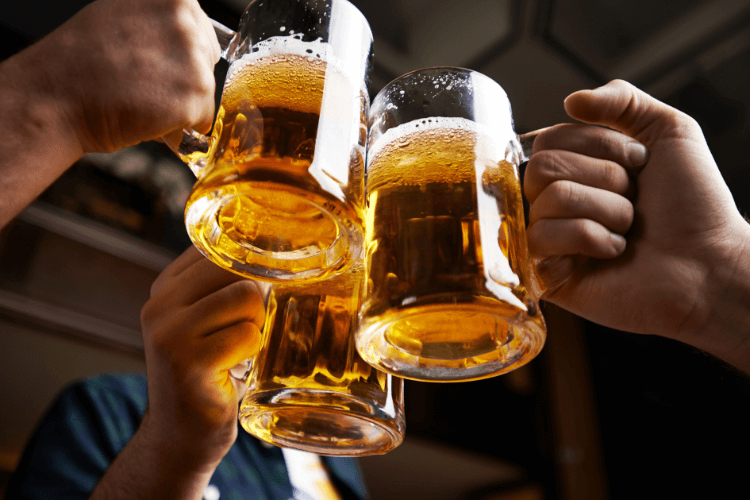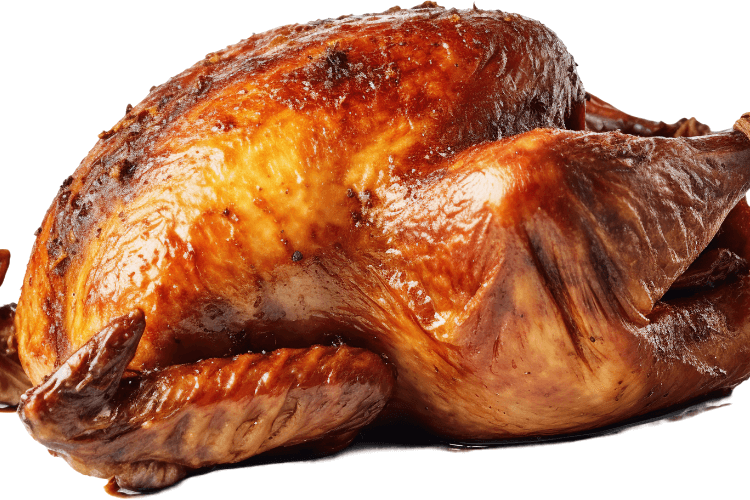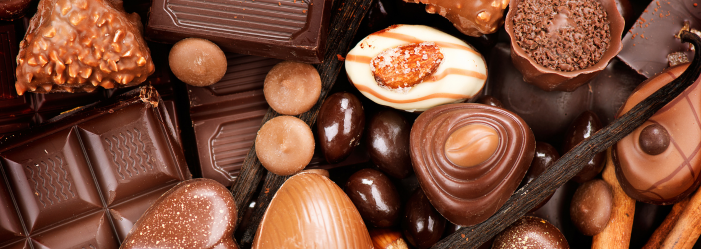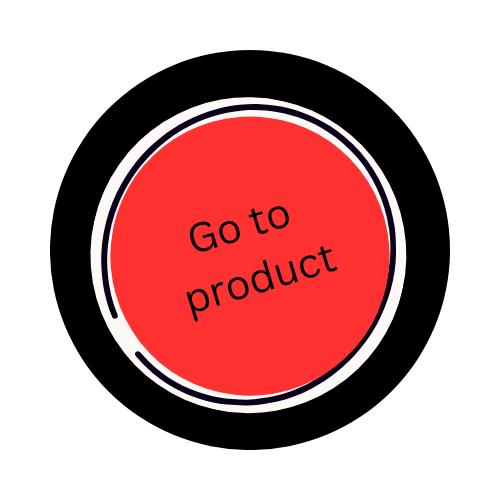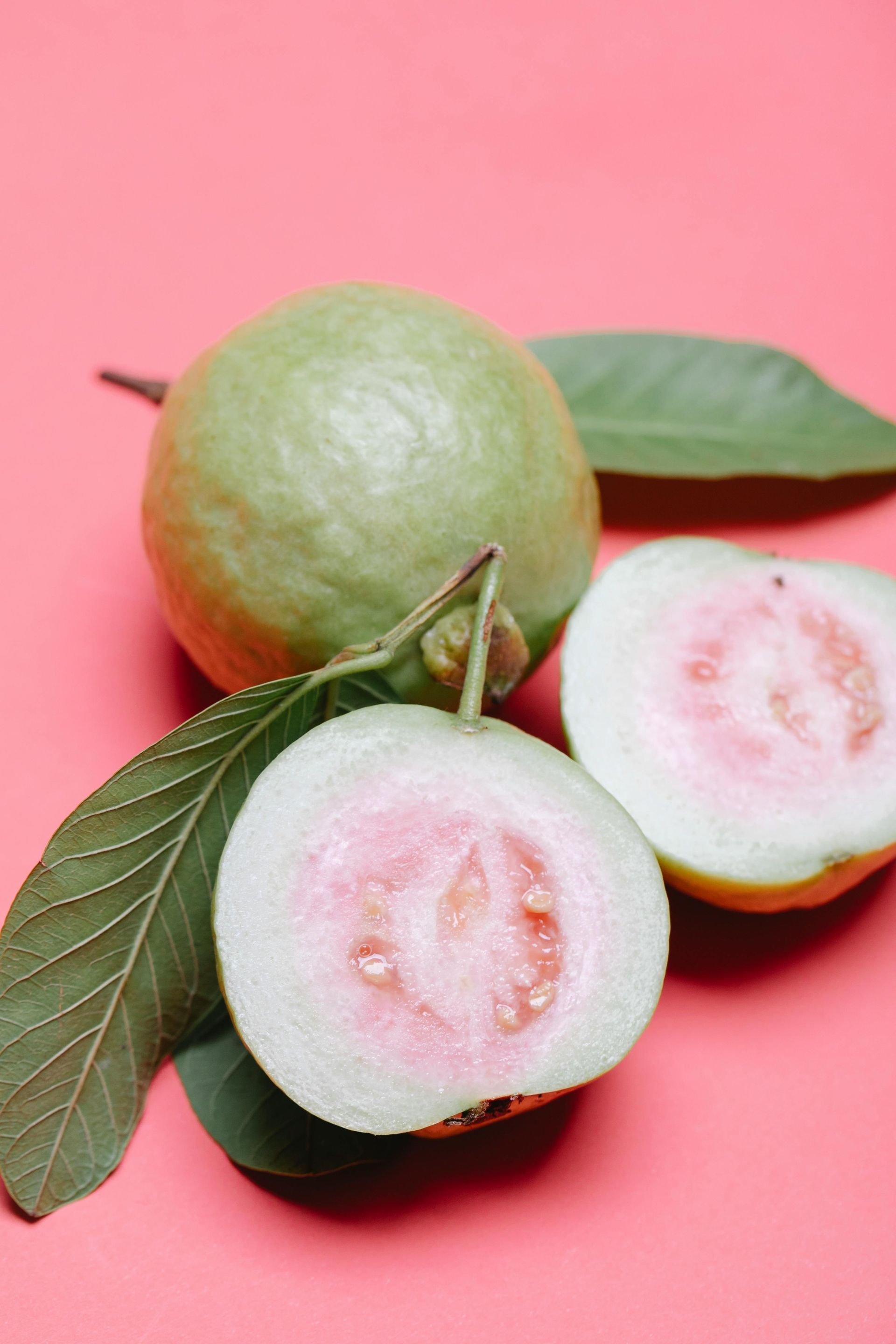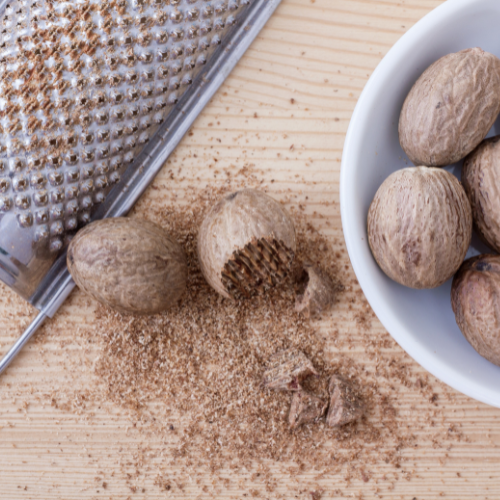The Maillard Reaction: The Scientific Secret to Creating Unique Flavors in Your Kitchen
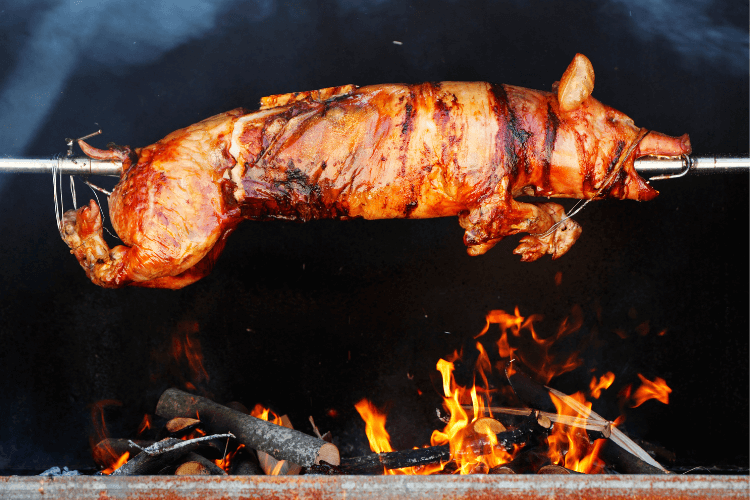
The Maillard Reaction: The Scientific Secret to Creating Unique Flavors in Your Kitchen
Today, at 2:15 a.m., I decided I’m going to stop filling this blog with so much fluff and rigid rules, like I’ve done up until now. Maybe it’s been a way to hide the fact that I want to talk about so many things, even though there are some I don’t always get to experience. That’s why, starting today, out of respect for the reader, what I write here will have to be connected to what I do in real life and with the podcast. All of this, of course, with the goal that someone out there might feel inspired and motivated by this story about the science behind cooking.
You ask me about Artificial Intelligence? Sure, but why? I could use it like a paid editor, following all the proper, correct, and appropriate rules according to the Royal Spanish Academy. However, today I promise to keep my verbosity just as it is. After all, what makes reading this interesting is the communication with me, because if you want precise information about food, you’re better off consulting AI—any of the many that are trending and so controversial these days.
So, the topic that starts tonight and ends tomorrow will be the Maillard Reaction. The challenge will be simple, since this reaction happens when we almost burn something… but without actually burning it, of course.
By the way, I’m not a chef—I’m a science teacher, so I hope chefs will come here to share their great wisdom.
And with that, I’ll close for today. With my nighttime anxiety under control, I’ll finally be able to sleep. Tomorrow, I’ll rummage through my fridge and see how, in my humble professor’s kitchen, I can achieve a Maillard Reaction… and keep rambling on about this fascinating process.
At 3 p.m., after a good breakfast and a jog, I started thinking about what to cook to best experience the Maillard Reaction. In my fridge, which was already a bit empty since it’s the end of the month, I still had some steaks, or what we commonly call grilling meat. I took them out in the morning and let them thaw. Then, I sliced an onion into thin strips, a cut I had learned from a cook some time ago. This cut on a yellow onion involves halving it and making longitudinal slices as thin as my skills would allow. I knew beforehand that the onion contained sugars and that the meat would provide the proteins.
So, I started by browning the onion in oil. Then, I moved on to searing the meat in small pieces. According to the theory, when the temperature rises above 110 degrees Celsius (230°F), the protein blocks in the meat begin to interact with the sugars—some from the meat, but surely more from the onion—creating a wide variety of flavors in the process. These flavors should start developing around 120 degrees Celsius (248°F), forming new and diverse aromatic compounds. As the temperature increases, the interactions between proteins and sugars continue to transform into new molecules that bring malty, nutty, and caramel-like flavors.
With this in mind, and wanting to intensify the flavors, I added a bit of soy sauce for a salty touch, some salt, pepper, and finished with teriyaki sauce. And, of course, it had to be paired with something, so nothing better than the classic rice and peas.
That was enough to enjoy a delicious and nutritious lunch today. But the important thing is that it allowed us to talk a bit about this reaction in cooking. And, of course, this entire reaction, so complex and well-explained in the podcast, becomes even more practical and clear in the science and cooking course.
In summary, the Maillard Reaction is that magical process that happens when proteins and sugars meet at high temperatures, transforming into an explosion of flavors and aromas ranging from malty to caramelized. It’s the science behind the perfect sear on a steak, the browning of bread, or the crispiness of french fries. A phenomenon that, while seemingly simple, hides a fascinating chemistry and reminds us that cooking is both an art and a science.

